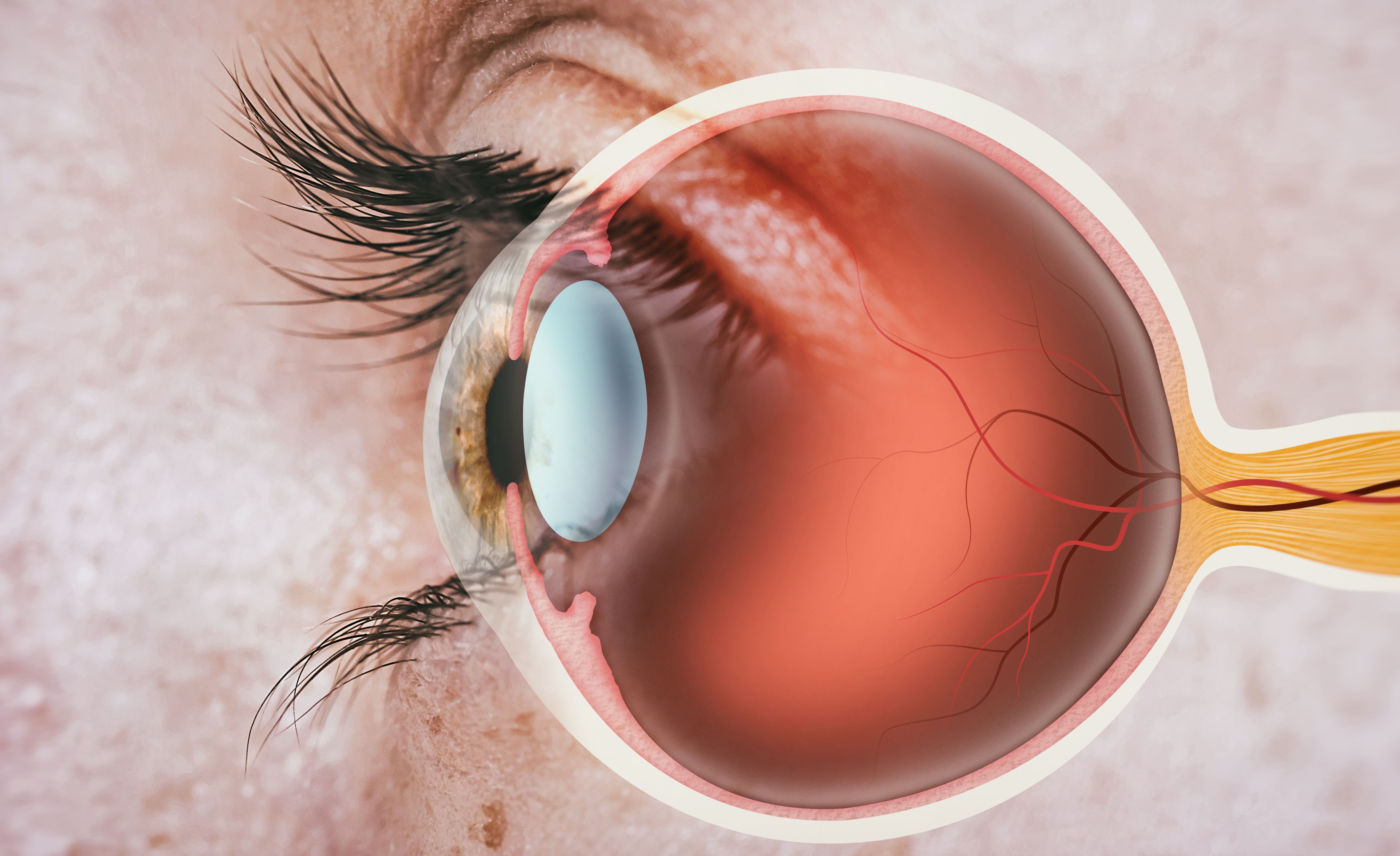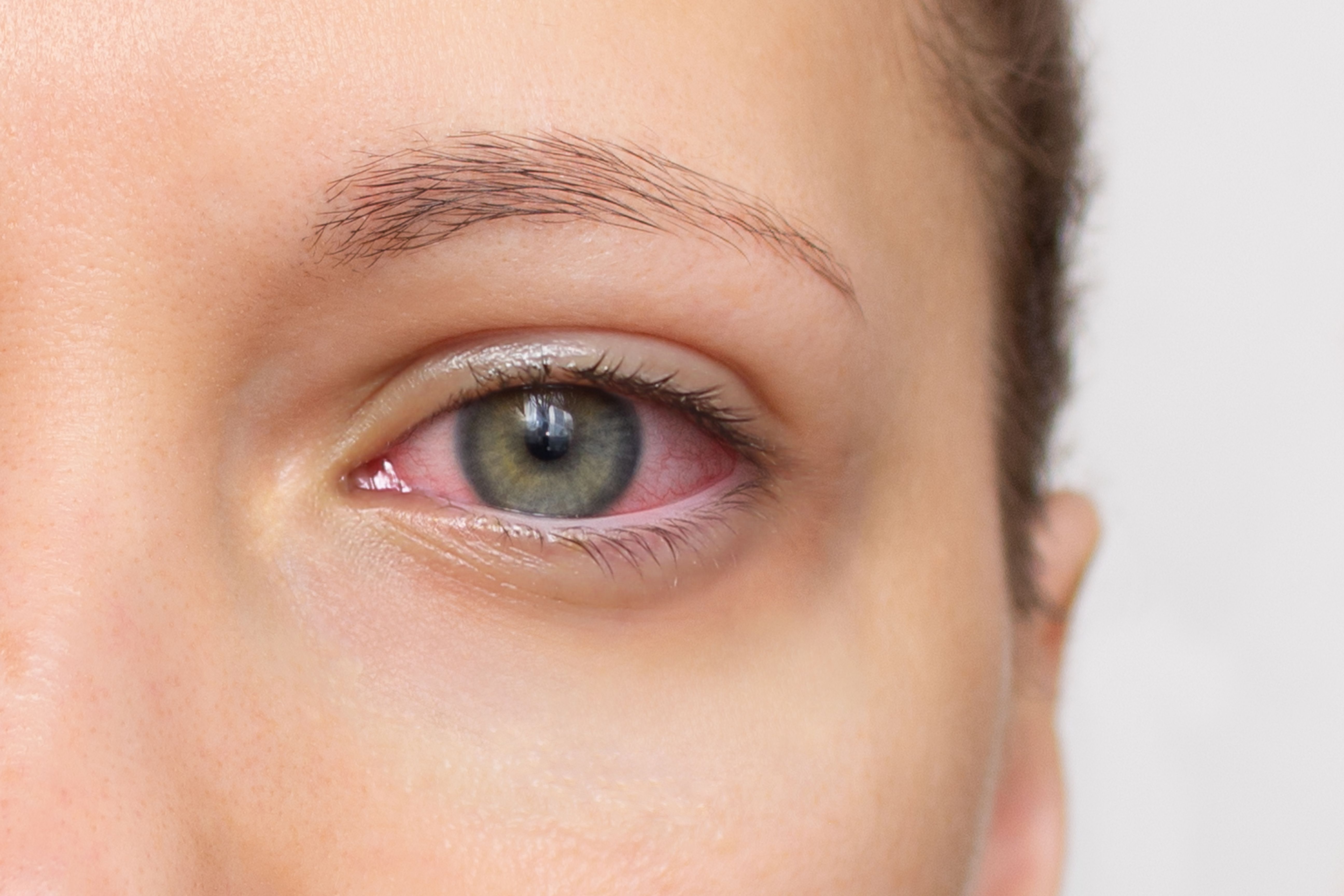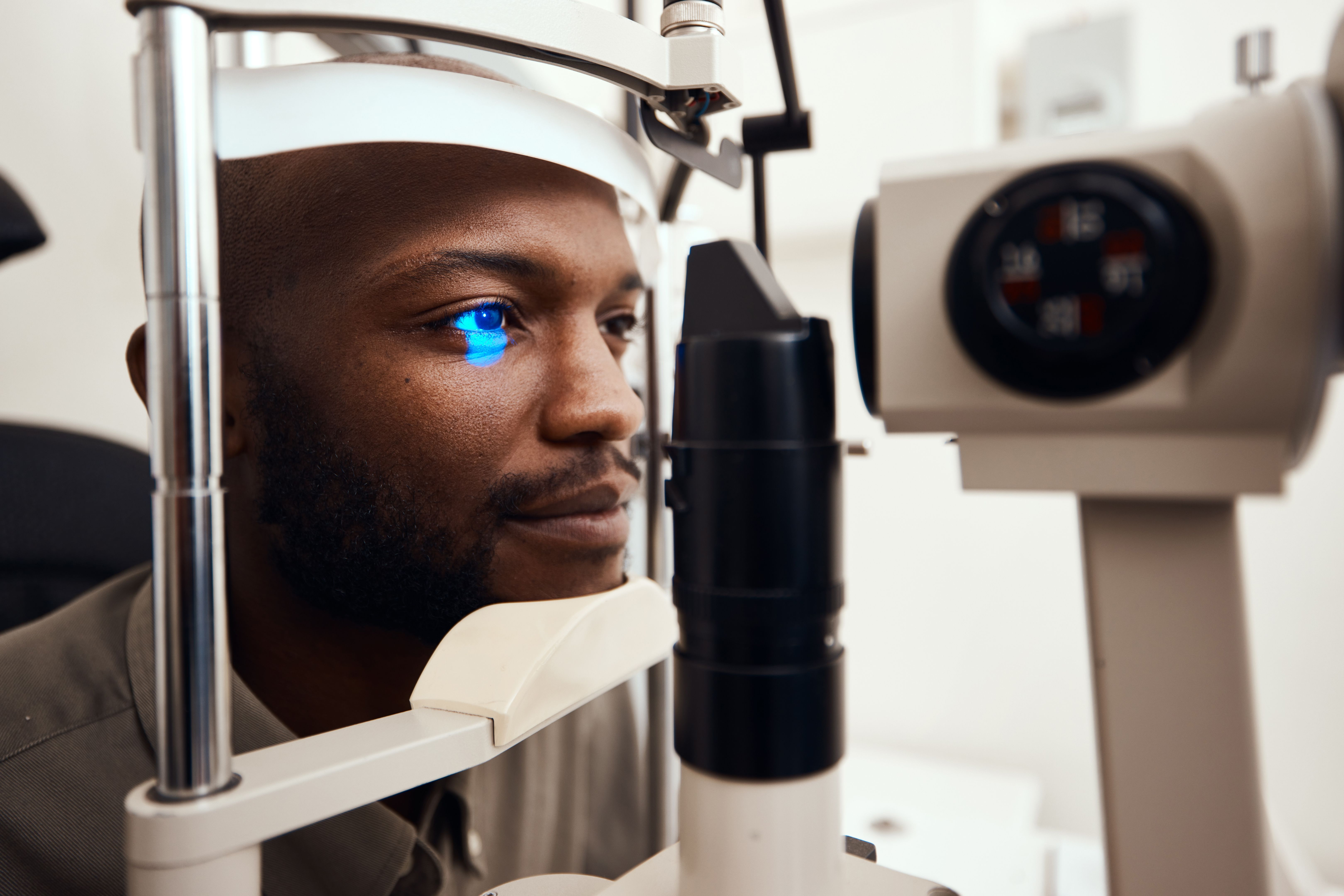Understanding Squint: Causes and Treatments
What is a Squint?
Squint, also known as strabismus, is a condition where the eyes do not align properly. It occurs when the muscles controlling eye movement fail to work together, causing one eye to turn in a different direction. This misalignment can affect vision and depth perception, impacting daily activities.

Causes of Squint
Several factors can contribute to the development of a squint. In some cases, it may be hereditary, indicating a genetic predisposition. Other potential causes include abnormal muscle or nerve development, trauma, and medical conditions such as cerebral palsy or Down syndrome. Occasionally, squints can arise from refractive errors where one eye needs more correction than the other.
Children can develop squints due to uncorrected vision problems, but adults may experience them as a result of nerve damage or health issues like diabetes or hypertension. Understanding the underlying cause is crucial for effective treatment.
Symptoms to Watch For
The most apparent symptom of a squint is when one eye appears misaligned. However, there are other signs that might indicate its presence. These include double vision, frequent eye rubbing, or tilting the head to see better. Additionally, individuals may experience difficulty reading or watching television, causing strain and discomfort.

Diagnosing a Squint
Diagnosis typically involves a comprehensive eye examination by an ophthalmologist or optometrist. Testing may include assessing visual acuity, measuring refractive errors, and evaluating the coordination of eye muscles. Early detection is vital, especially in children, as untreated squints can lead to amblyopia or "lazy eye."
Treatment Options
Treating a squint depends on its cause and severity. For many cases, corrective lenses can help realign the eyes by addressing refractive errors. In children, patching the stronger eye encourages the weaker one to improve its function. This method is often effective in preventing amblyopia.
In some instances, surgery may be necessary to adjust the muscles around the eye. This procedure can help correct alignment and improve coordination. Additionally, vision therapy exercises may be recommended to strengthen the affected muscles and enhance overall visual skills.

Living with Squint
Managing life with a squint involves regular check-ups and adherence to prescribed treatments. It's essential to follow medical advice to prevent complications and maintain optimal vision. Support groups and counseling can also provide emotional assistance for individuals and families coping with this condition.
While living with a squint poses challenges, understanding the causes and treatments empowers individuals to seek appropriate care. With advancements in medical technology and therapy options, many people with squints can lead fulfilling lives with improved vision.
